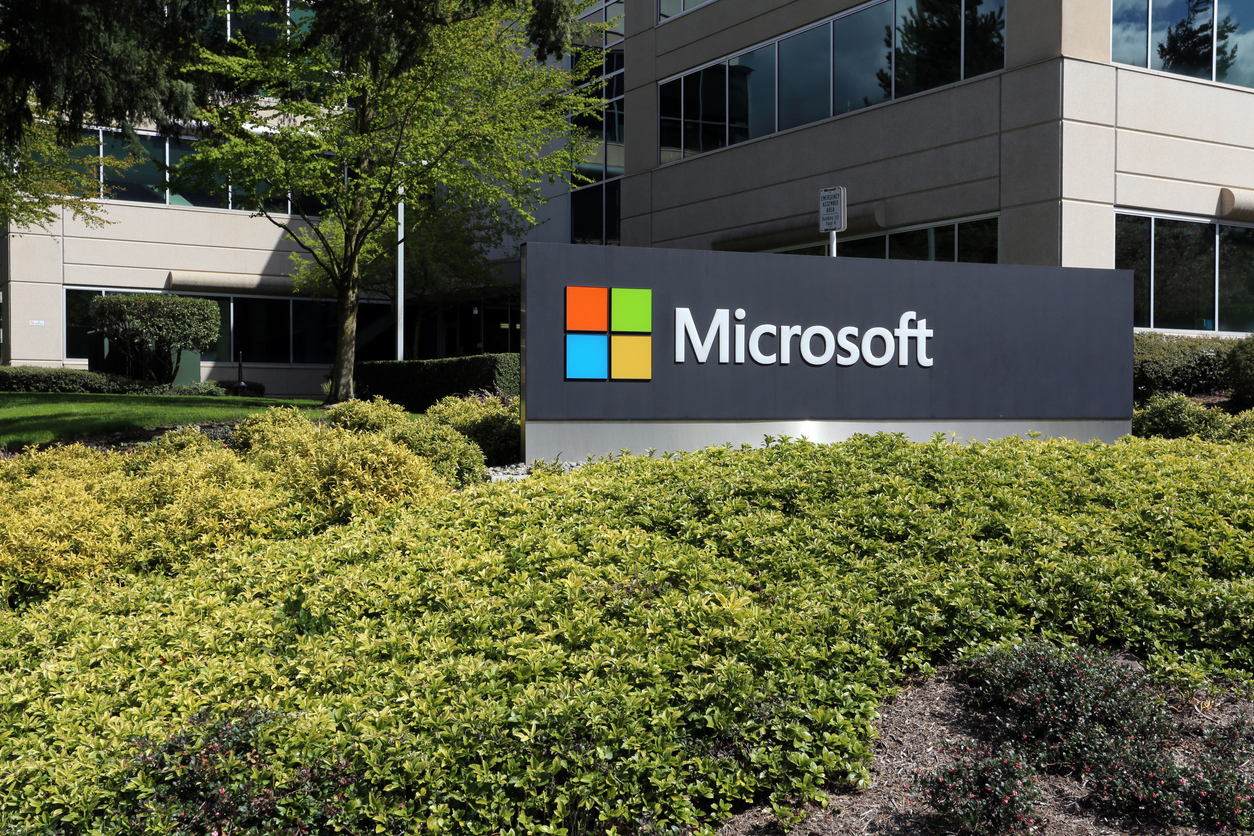Why Are Customers Stuck on Legacy Versions of RPA Tools and How They Can Get Off Them
Many RPA (robotic process automation) programs are stuck on legacy RPA tools. It’s one of the reasons RPA platform migration is such a hot topic; automation leaders want to leverage better capabilities and reduce the complexity of delivering automated processes to enable scale and better ROI.
During a recent podcast, “Who Moved My Bots?”, Shail Khiyara – an Intelligent Automation Executive – explained that “Over 50% of the roughly 30,000 customers in automation today are using legacy versions of automation.”

There are numerous reasons why RPA programs find themselves stuck on legacy versions of their automation execution tools that we uncover in this article. RPA platform migration and the solutions that can help them switch RPA vendors in a more cost-effective and faster manner is one way they’re looking to get themselves ‘unstuck.’
RPA Programs Are Suck on Legacy RPA Tools Because Their Automation and Enterprise Infrastructure are Tied to Those Versions
RPA programs spent a lot of time implementing automation with the RPA vendors and tools they initially chose. The automated processes they have delivered on those legacy RPA tools are intertwined with their current systems, applications, and enterprise infrastructure. Therefore, the success of their entire automation program is tied to those legacy vendors and tools.
As newer versions and new generation RPA tools have emerged – Microsoft Power Automate is a prime example – the only way to take advantage of these tools that offer better capabilities is to migrate their entire RPA estate. Yet migration is no easy feat.

Traditionally, the only way to move an automated process to a new version of an RPA tool or a new tool altogether was to rebuild it for the destination platform. There are several reasons why automated processes are incompatible between RPA platforms.
The effort and cost of manual migrations and the inherent risks of switching RPA vendors like bot fragility, automation downtime, backward compatibility, integration, and viability are essentially what’s keeping RPA programs stuck on their current legacy tools and versions.
However, a new class of tools is emerging to help organizations overcome RPA vendor lock-in and facilitate the switch to more recent versions of RPA tools or new RPA platforms altogether.
How Blueprint’s RPA Platform Migration Solution Helps Organizations Get Off Legacy RPA Tools
A lot of Blueprint’s customers come to us precisely because they’re trapped on a legacy RPA platform with no easy way out. Whether they want to leverage a new automation tool like Microsoft Power Automate or upgrade versions, like the switch from Automation Anywhere V11 to A2019, organizations seek out Blueprint to solve the challenges of RPA platform migrations at a feasible price-point and timeline previously unavailable.
Blueprint helps RPA programs switch vendors 3x faster and at 25% of the cost of manual migration while eliminating all the daunting risks with a simplified, end-to-end migration solution.
Blueprint ingests automated processes from the leading RPA vendors and deconstructs them into a common model compatible with any major automation platform. Using our Statistics Dashboards, you’ll be able to see how much of the automation has already been mapped to your destination RPA platform and requires no manual intervention. This enables you to migrate your RPA estate iteratively with Blueprint doing the bulk of the bot migration for you with minor fit and finish activities required from minimal resources from your RPA team.
A digital twin of that automated process will also reside in Blueprint, giving you a centralized, complete view of your entire RPA estate for better governance, change management, and decision making—like which automated processes aren’t delivering the business value expected and can be retired.
Watch the demo below to see Blueprint’s RPA platform migration solution in action to help you get unstuck and unlock the higher returns and scale you’re after.
Share this
Recent Stories

Part 2 - The Challenges of Switching to Microsoft Power Automate Manually

The Top 4 Reasons Organizations Are Opting for RPA Migrations in 2023


